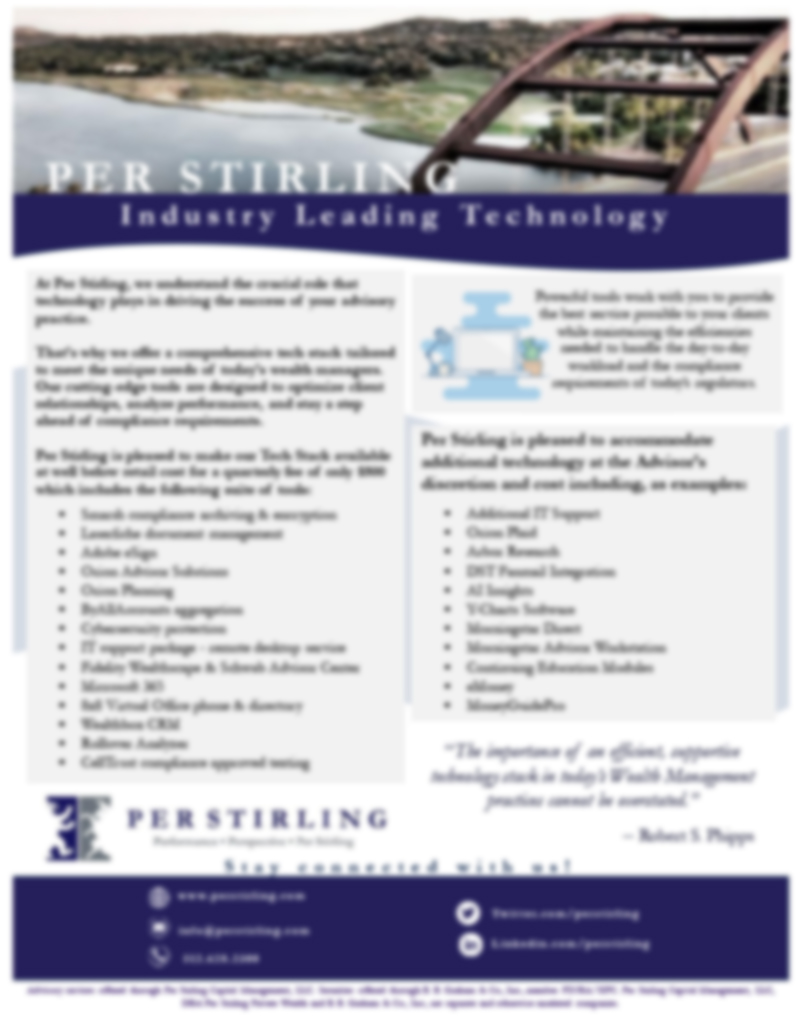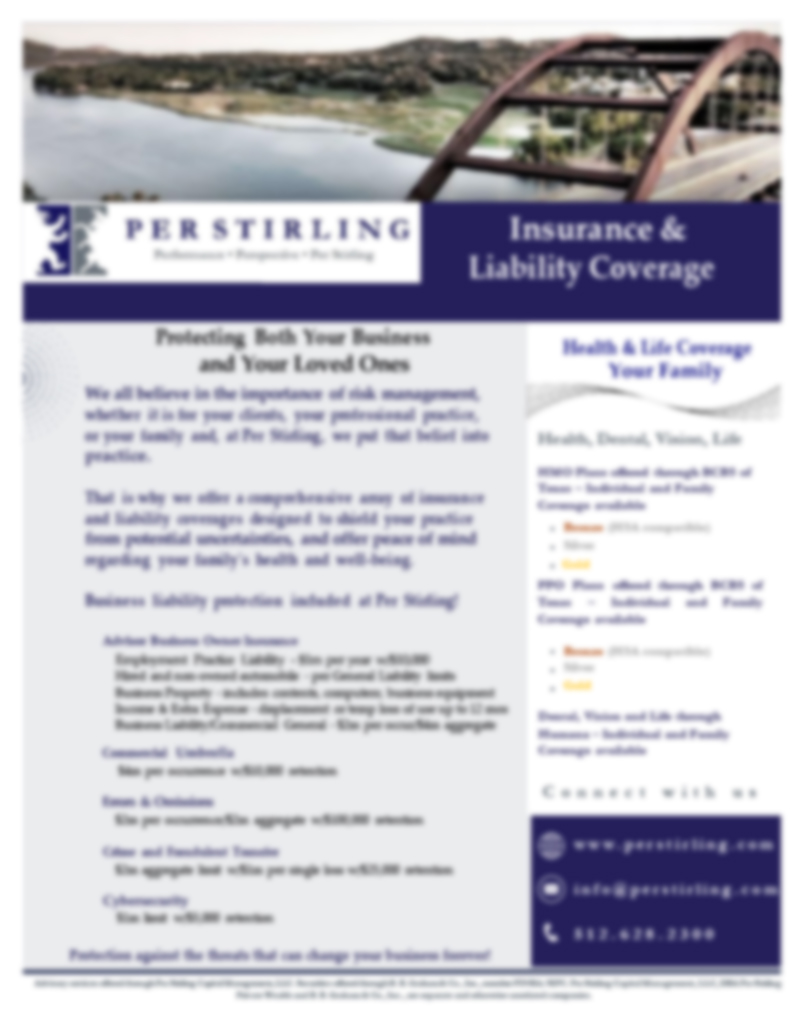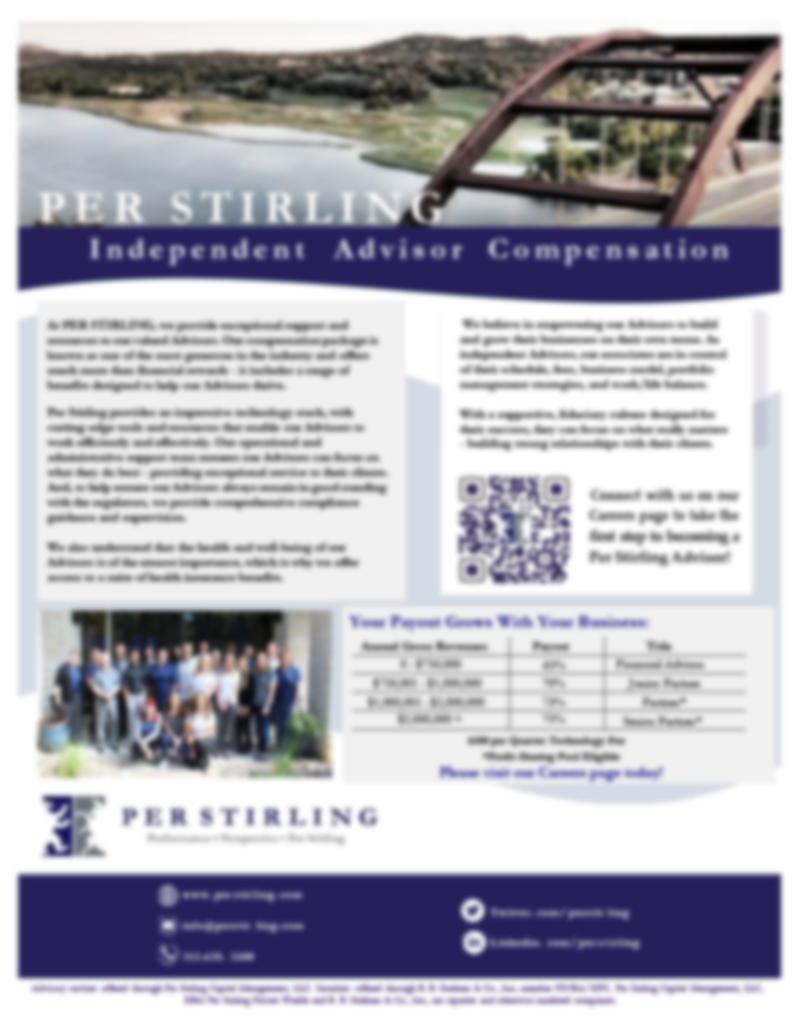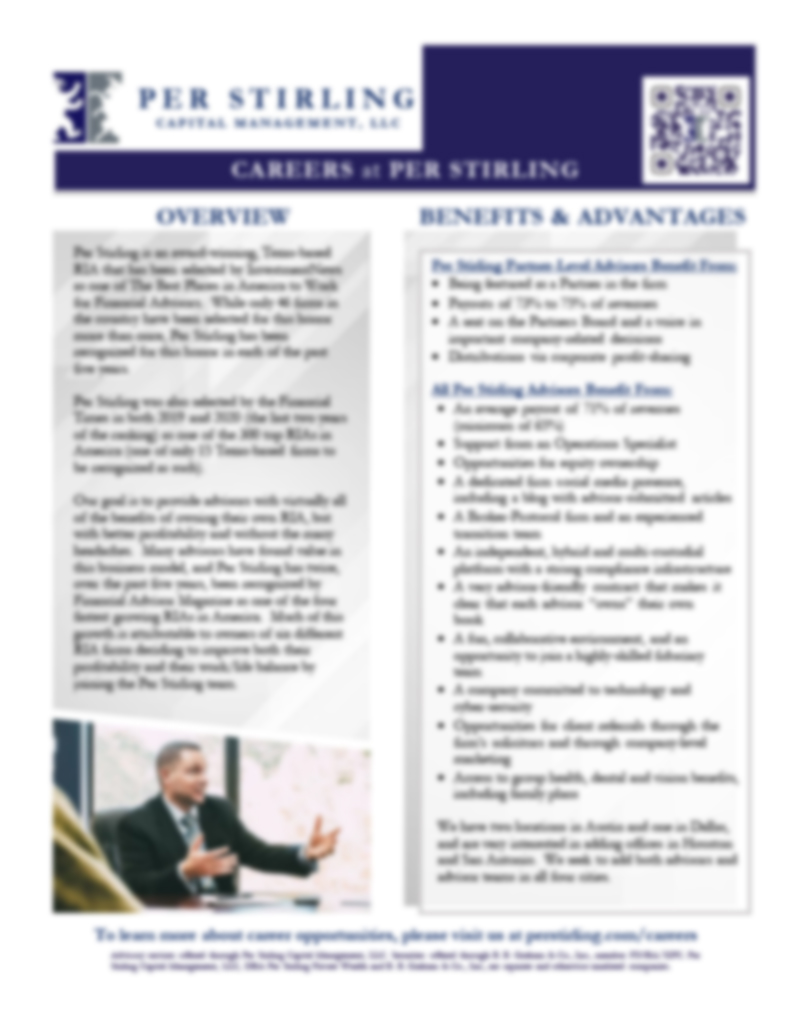18
JuneWhat Does Retiring on $1,000,000 Look Like?
Does your ideal retirement include exploring new places, playing endless rounds of golf, or visiting family? Maybe you dream of starting a business or buying a second home. A fulfilling retirement can also mean enjoying a slower pace of life after decades of work.
Whatever your retirement goals are, you’ll want a solid plan to maximize your lifestyle—and savings amounts. It might sound like a lot of money, but inflation and higher living costs can quickly erode your cushion. Whether you’re part of the 10% of Americans who retire with at least $1m or working towards that milestone,1 living within your current amount of savings in retirement still feels possible.
This guide will help you evaluate whether your nest egg amount can sustain retirement. From addressing factors that affect your retirement journey to exploring where you will call home, we’re providing information to help you make decisions that pave the road to a meaningful retirement.
What Life Factors Do You Need to Plan for to Retire on $1M?
While your personal finances, life events, and retirement timing are unique, five key factors influence whether you can realistically retire. As you review this list, we urge you to consider what your life looks like and what the future could hold.
Health
Regardless of the results of your last annual physical, no one’s health is fully assured. You can take preventive measures like eating a varied diet, moving your body, and getting regular medical checkups. But even healthy, regular aging comes with medical expenses once you retire. And unexpected medical costs can swiftly diminish your savings. Whether your projected nest egg is retiring on $1,000,000 or more as you plan to retire, make sure you plan for health insurance coverage and can set aside an adequate amount of savings to handle routine and unexpected medical expenses. Current estimates say a couple retiring can expect to spend over $350,000 in healthcare costs over the rest of their lifetime.2 If you’re wondering how long your savings might last in retirement, this expense may be even more significant depending on your current health or how long you or your partner live. While unexpected health concerns don’t make retiring on $1,000,000 uncomfortable, you may need a comprehensive financial plan to help you spend and save wisely now. An advisor can help you account for health expenses.
Debt
Whether you’re paying off student loans, paying down a mortgage, or coming back from expensive credit card debt, having a good handle on your debt is critical to retirement. No matter how big your initial retirement asset number is, aim to reduce any high-interest debt. As you approach retirement, you may need to consider the type of debt you’re willing to take on for children or family and if it will make retiring on $1,000,000 challenging. Debt can significantly strain your budget when you retire, potentially eating into your savings faster than anticipated—this is critical if you’re looking to retire in the next ten years. Start asking how you can tackle debt now and plan for ways to avoid taking on unneeded amounts of debt. If you’re feeling concerned about your current debt levels or are faced with needing to support dependents or adult children, consider going through the financial planning process. This process can give you, your partner, and your family clarity on how to best plan for the future.
Lifestyle
What does your lifestyle cost you annually? Some hobbies, like hunting, collecting valuable antiques, and traveling, may cost more than others. Adjust your lifestyle once you retire to align with your budget after you retire. Luxuries and high-cost activities may be unsustainable, so set realistic expectations for your post-professional life. The most recent release from the Bureau of Labor and Statistics put household spending for retirees at $50,000 annually.3 If you are planning to retire with $1,000,000 or more, cash flow planning can help you make sense of your current financial picture and give you information on how to live the life you want in retirement. Whether that seems high or low, plan for the lifestyle you want tomorrow. Bringing in an independent advisor to walk you through the financial planning process can make a difference in your retirement lifestyle.
Budget
Budgets are essential for living a full and joyful life after you retire. Are you developing a detailed budget that factors in all anticipated types and amounts of expenses? Thorough budgets include line items for:
- Housing
- Food
- Utilities
- Entertainment
- Home repairs
- Emergency funds
Budgets require regular tracking, assessments, and changes like any living document. Keep a close eye on living costs and any changes that could affect your spending amounts. If this seems complex or too time-consuming, an advisor can free up your time and help you map your way forward.
Inflation
Inflation continues to be a hot topic. The noticeable cost increase for goods and services has many people nearing retirement reassessing their savings and plans. Rising inflation may impact the amount and value of your retirement savings through a decline in purchasing power. If you expect to retire with $1,000,000, a trusted advisor can help you adjust your strategies so you can stay independent and enjoy a fun lifestyle throughout retirement. Prepare your investment strategy for this erosion by including assets that have the potential to outpace inflation.
Remember, effective retirement planning is an ongoing process. Regular consultations with your financial advisor and periodic reviews of your retirement plan can help steer your investments through stock market fluctuations and market downturns, helping you maintain your desired standard of living when you retire.
Top Texas Areas to Retire on $1,000,000
Retirement in Texas comes with agreeable year-round weather, low taxes, and affordable living options. Costs vary significantly across Texas, impacting how long you can plan to retire with a savings of $1m.
Austin Area: To preserve your income amount once you retire, consider moving to the edges of Austin. Hutto, Leander, Round Rock, and Kyle offer less expensive housing options but are within a 30-minute drive of downtown.
Dallas Area: Around Dallas, many options exist for easy access to the amenities you enjoy while staying comfortably within your budget. Cities like Ferris, Cockrell Hill, Cedar Hill, and Mesquite offer more affordable housing but still allow you to attend events across the metroplex.
Houston Area: You can enjoy Houston’s thriving food and culture without depleting your savings. Surrounding areas such as Shenandoah, Taylor Lake Village, and Clear Lake Shores are more affordable and within driving distance of Houston.
San Antonio Area: San Antonio offers a generous amount of activities and delicious restaurants, along with affordable alternatives to downtown living. Areas such as Cordillera Ranch, Alamo Heights, and Olmos Park are just minutes away from the city’s prime attractions.
Retirees should also consider factors such as social support, access to healthcare, and climate when considering these cities. Each location offers unique benefits, aside from a low cost of living, which can contribute to a fulfilling lifestyle when you retire.
Approaching retirement planning with a clear understanding of the cost of living in various areas, can help you maximize your retirement savings for a sustainable, enjoyable lifestyle.
How Long Will Your Retirement Savings Last?
How long your retirement savings may last depends on your life expectancy. So, if you’re wondering when you can retire on $1 million, you need to consider the data. Current data suggests the average life expectancy for women in the U.S. is approximately 81 years, while men tend to live an average of 76 years.4 However, individual health, genetics, and lifestyle choices can shift these numbers by any amount after you retire.
It’s crucial to consider these statistics when planning for retirement. If you retire at the typical retirement age of 65, women may need to prepare for 16+ years of retirement income, whereas men may need a plan for around 11+ years. Given the increase in longevity trends and the possibility of living well into your 90s, it’s wise to plan for a longer retirement to prevent outliving your savings.
|
Gender |
Average Life Expectancy |
Years in Retirement if Retiring at 65 |
|
Women |
81 years |
16+ |
|
Men |
76 years |
11+ |
Social Security Limitations
The amount of your social security benefit depends on your earnings record and the age at which you retire. Generally, benefits are available from age 62, but claiming before full retirement age results in reduced benefit amounts, while delaying benefits increases the monthly amount up to age 70.
It’s important to note that Social Security was never intended to be the sole source of income after retirement. The benefits aim to replace an estimated 28-42% of an average wage earner’s income after retirement. Still, financial professionals often suggest that retirees need at least 70% to 80% of their pre-retirement income to live comfortably.5 This gap means that additional savings, whether through employer-sponsored retirement plans, personal savings, or other investments, are crucial for maintaining one’s standard of living in retirement.
Making Up Income Gaps
Discovering that your retirement savings might not enable you to realistically retire with $1m can be daunting. Your ability to make up the gap between Social Security and your income needs will largely determine when you can retire. Working with a financial advisor who can help you make the most impactful decisions possible and avoid mistakes can give you strategies to prepare you for a confident retirement.
A financial advisor can build strategies to help bridge the income gap and convert your savings into a steady income to fund your retirement years. Depending on your assets and risk profile, there are many different types of financial plans.
A Financial Advisor as a Partner in the Transition to Retirement
After decades of receiving a regular paycheck, suddenly relying on Social Security and your savings after you retire can be challenging, but stepping confidently into retirement is doable. If you’re looking to retire on $1,000,000 or less, having a well-designed financial plan can be very helpful in creating a budget and helping you to stretch the value of your savings.
Financial planning can play an important role in creating a comfortable retirement. A well-crafted plan, developed with the guidance of financial advisors, can help you envision and plan to retire with $1m and pursue the kind of retirement lifestyle you desire.
Working with a financial planner can help prepare you for smooth wealth transfers according to your wishes. With custom tools and resources, this proactive approach can help shield your nest egg from market volatility and create sustainable wealth management solutions for your family. A financial advisor can also provide valuable insights into maximizing your monthly Social Security benefits by advising on the optimal retirement age to start collecting.
Build Your Plan
Having and adhering to a personalized retirement plan can lead to a more positive outcome. Take time to make a strategic plan.
Estimate Your Retirement Needs
Start by creating an estimated retirement budget, encompassing:
- Expected monthly and annual expenses
- Projected Social Security benefits
- Factors such as inflation and interest rates
Consult Professionals
Work with financial advisors or planners who can help you construct a personalized retirement plan. They bring knowledge and experience in:
- Designing and allocating portfolios
- Helping to mitigate the impact of market declines
- Tax strategies
- Adjusting for life expectancies and cost of living changes
Optimize Income Sources
Optimize and help protect your sources of income by considering the following:
- Social Security timing for maximum monthly benefit
- Rental or investment income amounts
- A part-time job
- Strategies for inflation protection to help maintain your purchasing power
Minimize Expenses
A comfortable retirement is about living within your means. Explore:
- Reducing the amount of discretionary spending
- Lowering your cost of living for a sustainable standard of living
Are you looking for a partner as you plan to retire?
If you’re looking to fully fund your retirement and create a well-structured legacy plan, but are wondering what that looks like with $1,000,000, financial planning can help you know what you need. Partnering with an advisor enables you to create a financial plan that considers a wide array of factors, including life expectancy, lifestyle, legacy hopes, and your other retirement goals.
Whether your expected retirement nest is $1,000,000 or more, our advisors can help you create a plan, maximize tax efficiencies, and manage what you have. Pursue a secure future for yourself and your loved ones, today.
Disclosures
-
Lake, Rebecca. March 18, 2024. “Can You Guess How Many Americans Actually Retire With a Million Bucks?” Forbes. Accessed April May 1, 2024. https://finance.yahoo.com/news/many-americans-retire-million-dollars-140019814.html.
-
“Health Care Costs Climb for Retirees. See How Much They Need to Save, Even with Medicare.” February 18, 2024 USA TODAY. https://www.usatoday.com/story/money/personalfinance/2024/02/18/how-much-to-save-for-retirement-healthcare/72588899007/.
-
U.S. Bureau of Labor Statistics. 2022. “CONSUMER EXPENDITURES–2022.” Bls.gov. September 8, 2022. https://www.bls.gov/news.release/cesan.nr0.htm.
-
CDC. 2023. “FastStats – Life Expectancy.” Centers for Disease Control and Prevention. February 7, 2023. https://www.cdc.gov/nchs/fastats/life-expectancy.htm.
-
Waggoner, John. 2021. “How Much Money Do You Need to Retire.” AARP. January 6, 2021. https://www.aarp.org/retirement/planning-for-retirement/info-2020/how-much-money-do-you-need-to-retire.html.





